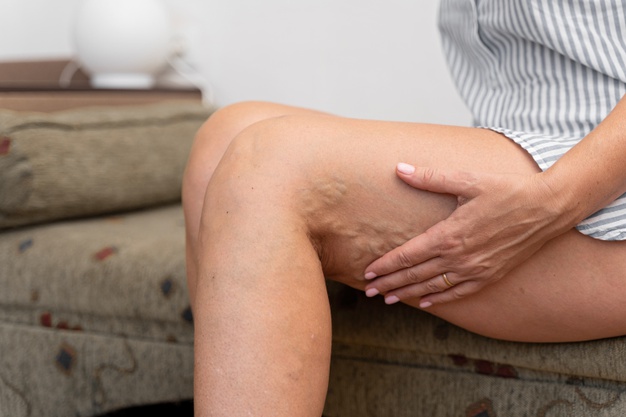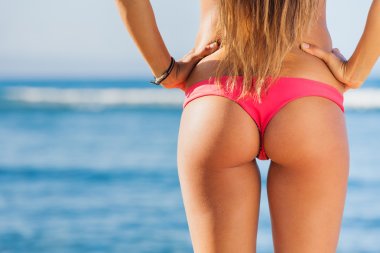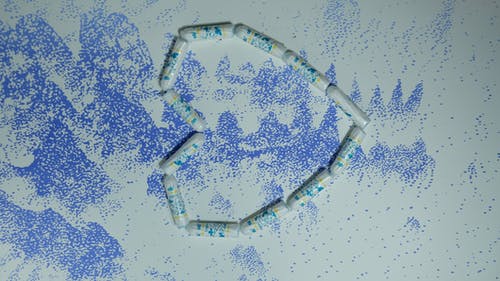Handling Varicose Veins What to Do? How? When? What?
Varicose veins are enlarged or twisted veins mostly found on the lower part of your legs. They usually cause discomfort, which manifests in rashes, itchiness, swelling, and various pain levels.
They are more profound in the skin behind your calves. Varicose veins are large and pop up, causing too much pain. If you are wondering how to ease that pain, keep reading to know what you will do;
What Causes Varicose Veins
You will need to know factors that cause the varicose vein to avoid being at risk of developing them. You can control some of these factors by adjusting your lifestyle, while some you can’t, like genetics and aging. You can change from standing or sitting for long hours to incorporate movements in your schedule to prevent vein problems. These factors include:
- Aging
- Overweight
- Genetics
- Poor lifestyle
- Changes in hormones
How to Stop Varicose Vein
If you have varicose vein and you are struggling to ease the pain, here are the best ideas that you can apply to relieve the pain:
Compression Stockings
Most patients suffering from a varicose vein get compression stockings to help ease the pain. The compression stocking aid in stopping the swelling resulting from damaged veins.
Consider putting on your compression stocking immediately after waking up in the morning to experience the best outcome. Avoid putting compression stocking on during the day when you are already feeling discomfort and pain in your legs; it might be too late.
Elevate Your Feet
You can elevate your feet as a way of handling varicose pain. Elevating your legs will help your blood flow back and forth your legs, freely improving circulation, elevating your feet relieve pain, and stop your legs from swelling.
If you want to relieve vein pain immediately, elevate your legs and ensure they are above your heart. This position helps your body to operate against gravity and alleviate stress. As a result, your blood gets back to the core allowing your veins to work correctly. You can elevate your legs in the following ways:
- Stretch your feet up on a wall
- Lie down on the floor and put several pillows under your legs
- Place your feet on top of a table or desk
Wear Proper Shoes
Poor lifestyle choices can increase your possibility of developing vein problems. Putting on shoes that have high heels exposes you to the risk of suffering from varicose veins. If you already have a varicose veins problem, wearing high-heeled shoes will make it worse. Here are types of shoes you should wear:
- shoes with comfortable arch support
- stylish flat
- nursing shoes
Stretch and Exercise
You don’t have to engage in strict exercise when you are already struggling with vein pain; it will cause more damage. Concentrate on simple exercises that stretch your calves. Exercise in following ways:
- Walk around after every 30 minutes to help blood flow in your veins
- Keep stretching your legs when sited
Take cold showers
A cold shower is one of the best ways of waking up your veins; the coldness causes the vessels to shrink, alleviating the swelling and pain. Consider taking a cold bath if you suffer from varicose veins. A hot bath will only make your pain worse.





